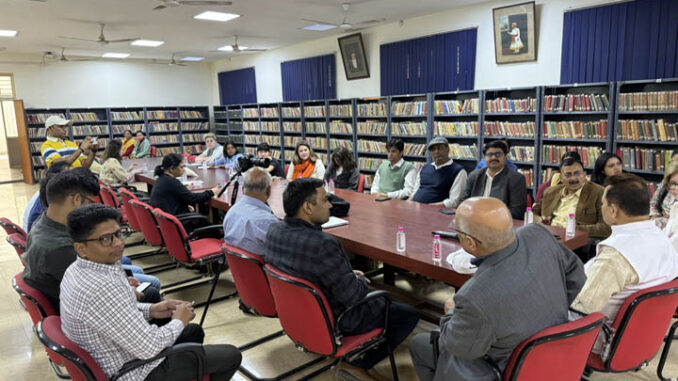
- By ASHOK OJHA
When the US Department of Education awarded the collaborative projects of Yuva Hindi Sansthan and New York University Hindi language program for theme-based curriculum development with ‘Fulbright-Hays’ award, it made it clear that the United States was interested in promoting the teaching of heritage language of Hindi through authentic materials prepared on rich cultural topics of India. These awards were first granted to YHS-NYU for the first time in 2022 and then in 2023. Subsequently, program participants developed teaching materials on ‘Climate Change’ in 2022. The project required us to select a dozen teachers from the US and take them on a study tour to India so they could experience and explore firsthand the theme of ‘Climate Change and Sustainability’ and return to USA with authentic cultural knowledge and skills for teaching Hindi to the next generation of language learners. In 2022 we organized our participants a month-long tour to India with focus on marginalized communities and their traditional holistic interrelation with nature, on their reciprocal bond with nature and on local ecological traditional wisdom that deals with the extremes of climate change. Participants collected area studies information, met and spoke with local people and recorded their real life experiences.

Collaboration between YHS and New York University
The collaboration between YHS and New York University Hindi language program led to 2023 YHS-NYU FULBRIGHT-HAYS award that required us to conduct a cultural study tour to India. Accordingly, we recruited participants from a diverse group of teachers and students from US school districts and colleges. The team of participants was led on the tour to India by myself, as the program director, and Prof Gabriela Nik Ilieva, NYU, as the academic director. The theme of the 2023 program was, ‘Living with Contentment in a Material World: Mindful living or wellness traditions in India’. The scope of the project was to explore how members of various Indian communities think or talk about mindful living, on one hand, and on the other exercise mindful living, ideas and behaviors rooted in ancient traditions and textual sources. The concepts of mindfulness and wellness have gradually emerged as dominant lifestyle constructs which are believed to have derived from Indian philosophical traditions and practices, more specifically Buddhist, Jain and Upanishadic thought, rituals and practices. The West, especially the U.S. has embraced yoga and meditation practices which have also originated in India. Yet, although the Indian philosophical traditions about mindful living and their practical implications leading to well-being are recognized and valued globally, both in the Western and the Eastern world, they are not consistently studied and explored throughout the Hindi curricula. The purpose of the tour was to provide opportunities for participants to engage in collecting authentic, cultural products, realia, workshops under the guidance of Academic Director Prof. Gabriela Nik Ilieva. Traveling from one location to another the group studied the traditions and cultural contexts of common folks who are living a contented life within their limited resources for generations.
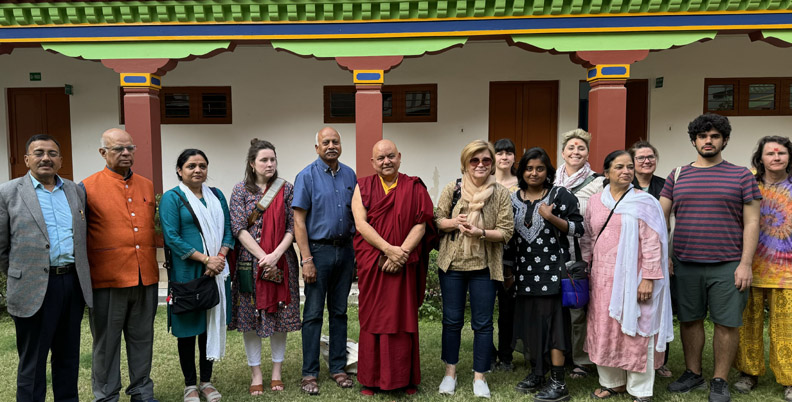
The participants engaged themselves in critically examining environmental and related socio-cultural issues and observed and learned the culture of various communities. The end goal of the project is to create an instructional platform that will support the teaching of traditional mindful practices and perspectives more consistently and more cohesively in the Hindi and South Asian Studies classrooms in the U.S., based on focused information and well-designed instructional materials. Our daily activities began with a Hindi session to discuss usage of Hindi by local people and a reflection session to review day’s activities and take aways from previous day’s field trip.
The Study Tour
When the group arrived in India, the group members took advantage of the opportunity to interact with students of the Kendriya Hindi Sansthan, a Government of India, Ministry of Education institution solely designed to teach Hindi to non—Indian students whose mother tongue was not Hindi. Sansthan’s students travelled from Agra to Delhi to meet with our group members. Both sides interacted on topics of mutual interests. Next day we left for Rishikesh where our host was ‘Arsh Vidya Gurukulum’, an Ashram that offers a structured institutional environment. It was established by late Swami Dayananda Saraswati for promoting Vedanta and Sanskrit learning. . The Ashram is located on the bank of the holy river Ganga, which offered an ideal backdrop for relaxation and wellness. Swami Sakshartananda, Chairperson of the AVG, delivered an introductory lecture on ‘Mindfulness’ and ‘Santosha’ as defined in ancient Vedic scriptures. The Vedic scholars at AVG taught text-based Indian traditions, including the idea of Atman-Brahman relationship and the concept of detachment as explained in Hindu scriptures. Participants also interviewed local folks about their experiences related to the mindful traditions-mental balance, contentment, and wellness. A rich library with hundreds of books on Vedic philosophy, culture, meditation and various healing methods, was available for reference at the Ashram. We understood the traditional meaning of mindfulness and wellness during our four days stay at Arach Vidya Gurukulum in Rishikesh. We met a sadhu named Pipaleshwar Maharaj, a devotee of Lord Shiva, who lives under a Peepal tree, has built a temple there for the sake of protecting an age-old tree, while he preached locals about living a simple and contented life.
Happy Thinking Lab
Our second destination was Lucknow, the capital city of the largest state of India, Uttar Pradesh, where our host was Lucknow University, that has established a ‘Happy Thinking Lab’, whose goal is to discover indigenous Indian practices and perspectives to achieve happiness, because “many western concepts lack experiential validity in Indian Culture”. The Vice Chancellor of Lucknow University, Alok Kumar, briefed us about the ‘Happy Thinking Lab’, set up in the Psychology department of the university. Participants took advantage of the archives, libraries and lectures by faculty members of Lucknow University. They interacted, interviewed them and collected new authentic curricular materials in audio, video and script-based format in Hindi. The university also organized interesting cultural activities including Kathak performances, traditional story telling session and one act play depicting the social challenges female students face in the campuses of Indian universities.
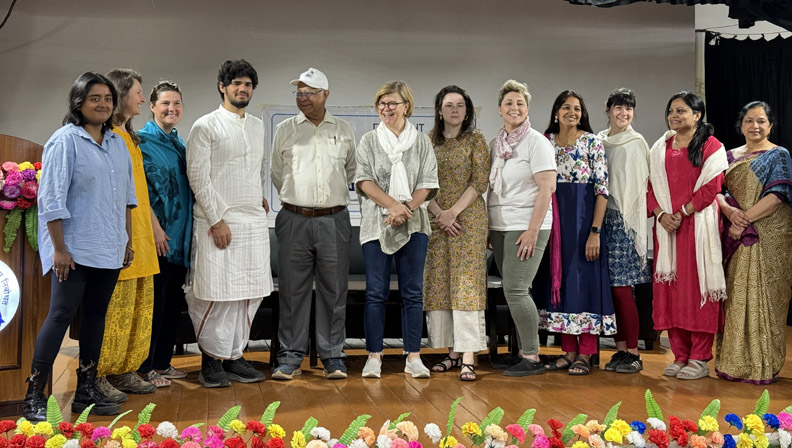
Varanasi and Sarnath
Our third destination was Varanasi and its twin city Sarnath, the place known as the site of Buddha’s first sermon after he got enlightenment in Bodh Gaya. In Varanasi, the group’s first visit was the Hindi Department of Banaras Hindu University, our local host. The department organized a meaningful seminar on traditional practices observed in the Indian society, many of which are changing, thanks to the modern ways of city living. The seminar turned into an interactive session with students/faculty BHU on the topic of local varieties and styles of Hindi, narratives about contentment and wellness; lectures/demonstrations by experts and speeches on mindful living, contentment and detachment. Some of the faculty members delivered lectures on Hindi as it is spoken locally. The next morning we visited a village named ‘Lamahi’, where the most respected Hindi author of 20th century, Premchand, was born and lived. Premchand’s literary works are narratives of social structures and their impacts on modern lives. One of his stories, ‘Eidgah’ was subject of analysis at a workshop organized by the Women’s College of BHU where a discussion session on the merits o ‘Eidgah’, was held and a theatrical version of the story was staged for our group. BHU faculty members shared their research and insights on the social comments in Premchand’s literature. Our local coordinators conducted walking tour of narrow lanes of Varanasi that offered new light on the traditions of India. We visited the homes of legendary people, such as, Bharatendu Harishchandra, the doyen of Hindi language, who lived here. Participants experienced the juxtaposition of ancient ways and modernity as they went on a boat trip over the Ganga River and witnessed the expression of faith as people bathed in the holy water and walked to temples for a ‘Darshan’ of Lord Shiva on the festival day of ‘Mahashivaratri’. The visit to the ghats of Ganga river was also useful for the exploration of rituals related to perspectives on life and mortality. On way to Varanasi from Lamahi, our group visited homes of pot makers and their family members to learn their perspective of wellness and mindfulness and understand their concepts of contentment. We visited women handicraft workers at the Assi ghat where participants interacted with craftswomen about how they balanced their lies between household chores and making wooden dolls. Their observation truly reflected points of intersection of modernity and family responsibilities. We felt the fresh, unpolluted air blowing from the river to the ghats that rejuvenated the lives of people who bathed in the water of the Ganga for purity and freshness. The concept of purity and freshness is part of mental and physical wellbeing that is an important part of daily living in Indian traditional settings. The connection with nature constitutes life values that support wellbeing more than any medicine. No wonder Indians worship the river Ganga as their mother.
We visited Sarnath where thousands of years old Stupa narrate stories of ancient times when Emperor Ashoka, left his throne to become a Buddhist monk and wondered in search of happiness (sukh). In order to propagate the teachings of Buddha for helping the mankind, he built 84 thousand stupas, only a handful of those remained intact today- one of which is in Sarnath. The stupas reflect Buddha’s first insights about human life, the ideas of impermanence and the Middle Path offering the right steps to avoid extremes. We witnessed the Ashoka pillar, the national emblem of India, safely preserved in the museum of Sarnath. Next morning we visited the Central Institute of Higher Tibetan Studies, established at the behest of the Dalai Lama after he made India his home, where we listened to Buddhist monks and learned the true sense of mindfulness and wellness as defined in the Tibetan traditions. Our participants had a chance to practice meditation guided by experts of Tibetan Schools and discuss with them the mental and physical effects of meditation. Several outdoor learning sessions were arranged for participants to collect local artifacts and audio-visual materials around the archeological excavation sites, museums, monuments, etc. Our participants took advantage of Benares Hindu University Department of Hindi library (Hindi Bhavan).
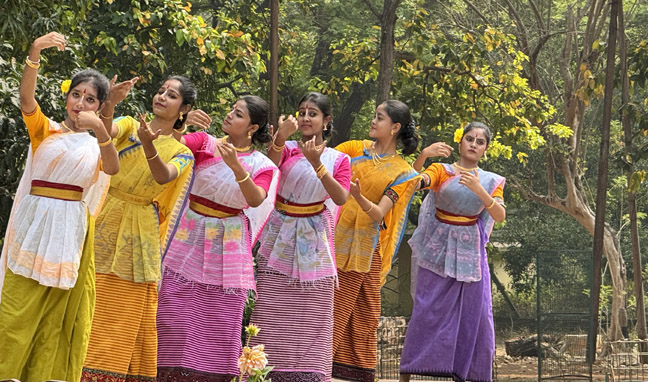
Visiting Shanti Niketan
Next stop-Kolkata. During our weeklong stay in Kolkata, we explored several socio-cultural factors which helped unpack mindful living. Unlike the Western society, which predominantly puts impetus on ‘individualism’, the Indian society is mostly ‘collectivistic’ in that it promotes interdependence and cooperation, with the family and the community forming the focal point of this social structure and identity formation. A closer examination of the understanding and exercising of the two dynamic and multidimensional concepts – mindfulness and wellness – among various social groups in India deepened our understanding of the Indian society and its cultural traditions. We first visited Belur Math, where monks follow the path of happiness shown by Ramkrishna Paramhans and Swami Vivekananda. We understood the concept of wellness through mindfulness through programs developed by monks. Soon after that we were exploring the literary traditions of the Nobel Laureate Rabindra Nath Tagore at Thakur Bari, the birthplace of Rabindranath Tagore,. We were treated with cultural performances by the students of Tagore University that dealt with the issues of modern times. We learned Tagore’s ideas of global vs. national harmony while interacting with the Hindi speaking migrant workers, the legendary hand rickshaw pullers and taxi drivers. Field trips to college street, India’s largest and biggest open book market was organized for the group that reflected on the social and cultural life of the youth of Kolkata. We visited the campus of Shantiniketan, also known as ‘Vishwa Bharati’, that implements the vision of Tagore as there are no exams only learning through practice of art and culture. Students explored relationship between art and society and are groomed as adults with creative minds. The university organized varieties of cultural performances based on Rabindra Sangeet for us.

The land of great artists
Our final destination was Madhubani, Bihar, where we experienced Art as an expression of the understanding of the laws of the universe and human life. Here the artistic expressions by women were displayed through artistic paintings with vivid colors. From the walls of Madhubani Railway Station to people’s homes, paintings are integral part of the lives of people. Art made a daily ritual for local people. We were immersed in cultural activities at Madhubani and later at Rajnagar ruins that provided backdrops of local culture including ‘celebration of joy’ (khushi manaanaa). Madhubani art, also called Mithila art is recognized for its unique representation of local ideas of the balance between the universe and human life on a mythological and ecological level. The township of Madhubani is also homes of half a dozen women artistes who have been honored with India’s greatest civilian award, the Padma awards, for their artistic expressions in paintings. These paintings adorn national organizations of Art, such as, the Indira Gandhi National Center of the Arts. We met Buwa Devi and Dulari Devi, both awardees of Padma Shri, at their homes. They conducted workshops for us. These local artists use local organic materials to create their paintings: plants to mix colors, cow dung to treat the paper and bamboo sticks to serve as brushes. The abundance of nature and visually presented creation mythological narratives is an essential feature of Madhubani paintings. Some of the most popular images are the sun, the moon, birds and animals, the sacred Tulsi plant and Banyan tree. The art is an expression of local understanding of how the universe was created and exists in balance and harmony. Mithila artists have made paintings on independence, peace, marriage, etc. Examining these paintings and discussing their topics with the local artists shed light on their understanding of wellness and mindfulness.
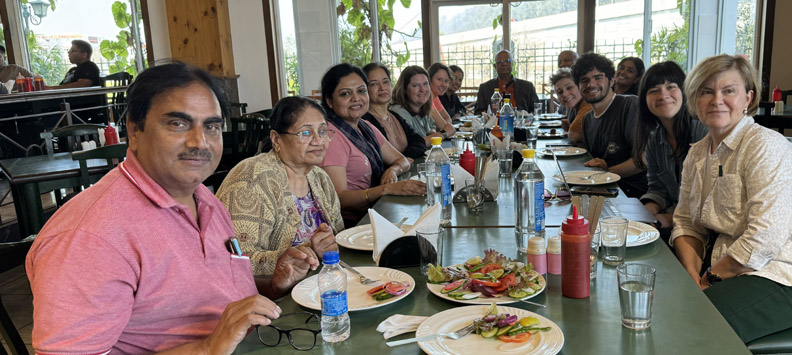
Promotional Activities
On our return to USA, participants got busy transforming their experiences, gained during the Study Tour, into teaching materials. Working in teams they shared their feedback on location specific topics. They organized, reviewed and evaluated each other’s work. All participant products were evaluated to ensure backward design, can-do statements and performance assessment descriptions as well as compliance with the linguistic functions, context and content, accuracy and text type. Final products reflect standards-driven, theme-based instructional materials integrating language, culture and content, transparent and systematic use of educational technological tools, curricular materials enabling differentiated instruction for heritage and non-heritage secondary and post-secondary language learners, project-based learning approaches and KWL model. Participants met online to present the material they developed, to make and receive peer review and feedback. They have documented and explored their experience of Indian traditions of wellness and mindfulness among rural, urban, immigrant, institutional or religious communities. The final materials prepared by our participants will be shared at various fora. Each participant will teach their final products to learners in their respective home institutions to test their quality and potential issues in the process of implementation. They will present final documents in their respective school district classrooms, in faculty meetings and brown-bag meetings. They will also familiarize local communities with their accomplishments and experiences during the program. These are the practical ways of teaching and learning a heritage language.
(Ashok Ojha, program director, 2023 YHS-NYU FULBRIGHT-HAYS GPA PROJECT, and president of Yuva Hindi Sansthan, a 401-C-3 non-profit institution may be reached at aojha2008@gmail.com)
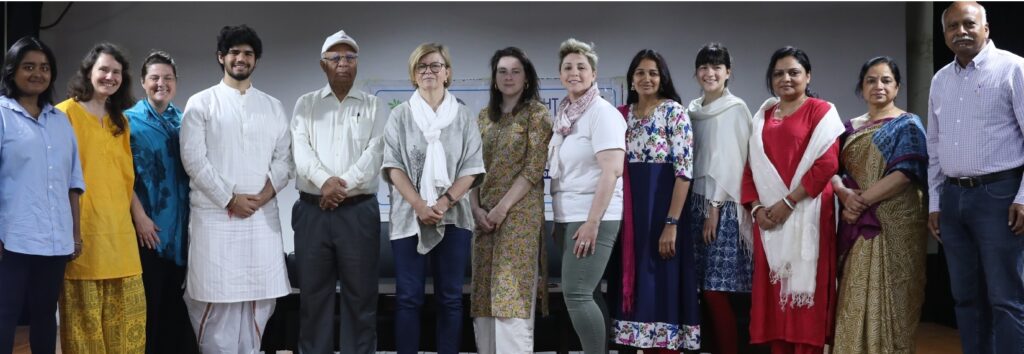


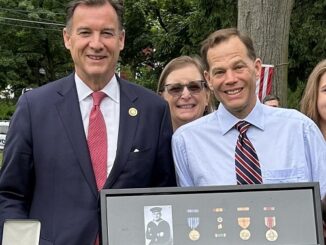

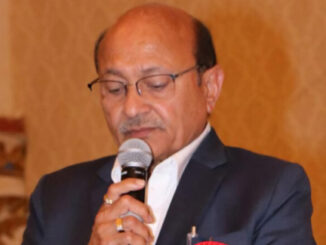
Be the first to comment